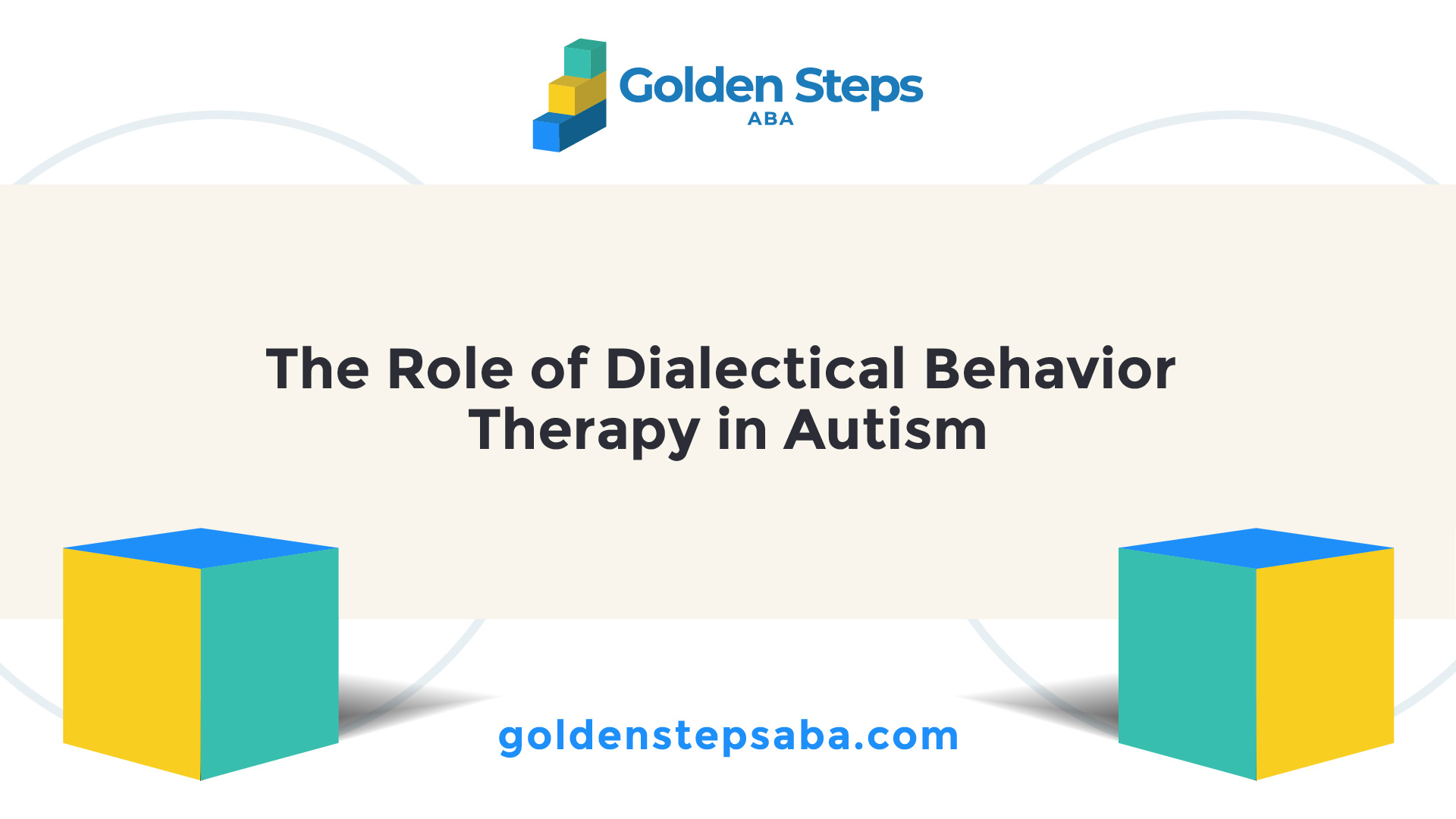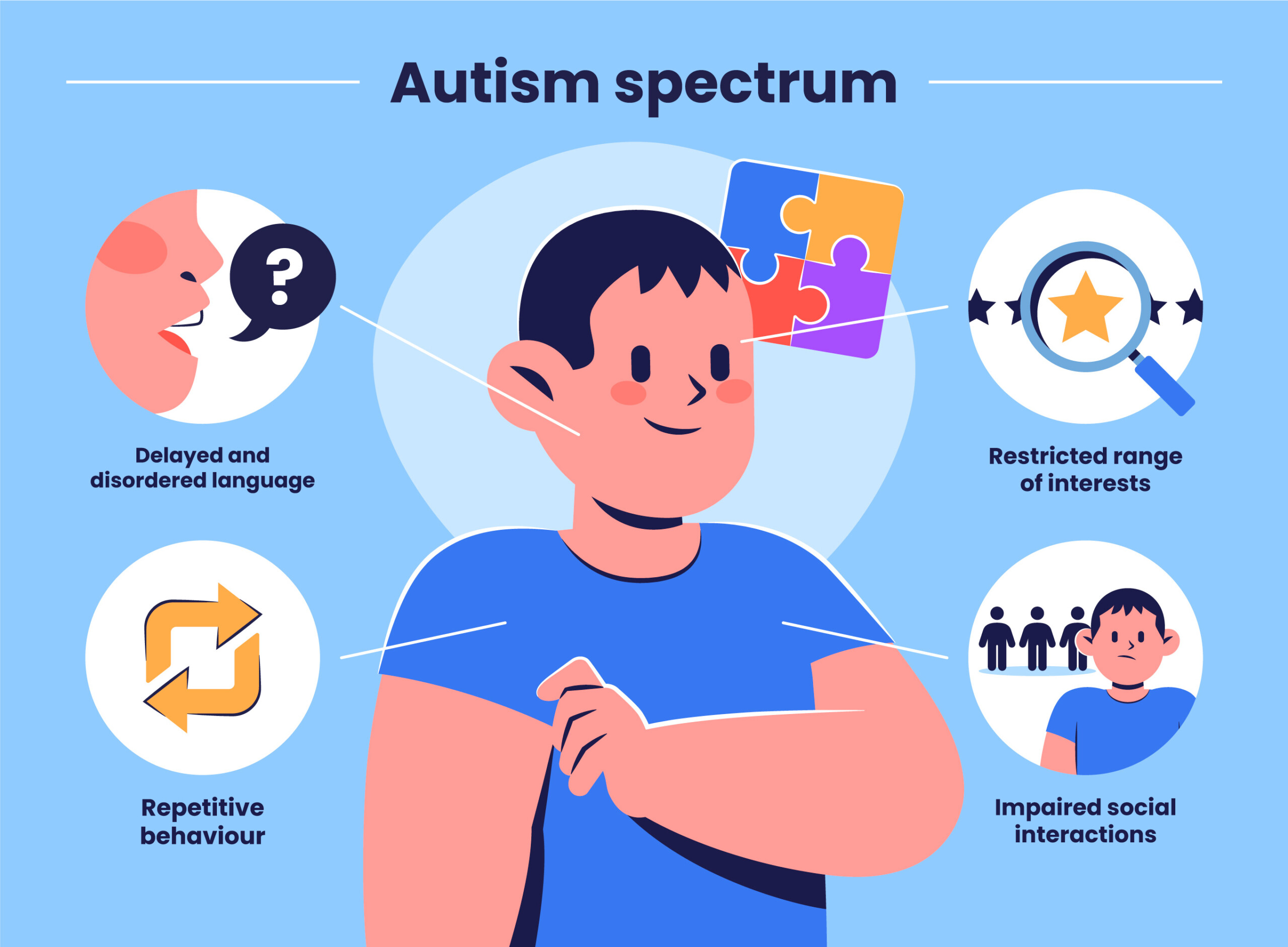Recognizing the Influence of Behavioral Autism on Life and Social Communications
You might not realize exactly how deeply behavior autism affects everyday life and social communications. Individuals on the range usually browse a world loaded with communication obstacles and sensory overload. These difficulties can cause frustration and isolation, influencing their connections and general well-being. Understanding these nuances is essential for fostering helpful atmospheres. What approaches can we implement to produce even more inclusive spaces and purposeful links? The solutions may stun you.
Specifying Behavioral Autism and Its Features
Behavior autism, often referred to as autism range problem (ASD), includes a variety of problems defined by challenges in social communication, communication, and recurring habits. You might discover that people with ASD frequently battle to analyze social signs, which can lead to misconceptions in conversations. They might locate it difficult to establish eye contact or involve in tiny talk, making social circumstances really feel overwhelming.
Communication problems can materialize in numerous ways, from delayed speech advancement to a preference for utilizing less words. By identifying these characteristics, you can promote an environment that promotes approval and urges effective communication, helping individuals with autism grow in their everyday communications.
The Range of Autism: Comprehending Irregularity in Actions
Autism range condition (ASD) isn't a one-size-fits-all diagnosis; it differs extensively amongst people. You might experience individuals that are very verbal and engage conveniently in discussions, while others may like solitary activities or interact non-verbally.
Furthermore, the way individuals with ASD reply to sensory input can differ significantly; some may be bewildered by bright lights or loud sounds, whereas others prosper in promoting environments. The range also consists of differences in social communications; some people may have a hard time to interpret social signs, while others navigate social setups with relative convenience. Comprehending this variability is important, as it aids you appreciate each individual's special experience and tailor support to their specific requirements, fostering a much more comprehensive atmosphere for every person.
Communication Challenges Faced by Individuals With Autism
When you connect with individuals on the autism spectrum, you might discover their one-of-a-kind communication obstacles. They commonly face troubles with both nonverbal and verbal signs, which can impact their social communications. Understanding these obstacles is essential for promoting far better links and support.

Verbal Interaction Difficulties
Lots of individuals on the autism spectrum experience verbal interaction troubles that can substantially affect their everyday communications. You might discover it testing to share your thoughts, feelings, or needs plainly. This can lead to aggravation for both you and those around you, as misconceptions take place. You might battle with starting discussions, preserving a topic, or recognizing nuances in speech. Typically, you may like making use of simple language or repeated phrases, which can limit your capability to take part in much deeper conversations. Your speed, tone, or volume might not line up with social expectations, triggering others to misunderstand your purposes. Identifying these obstacles can aid you and your assistance network create approaches to boost communication and promote much better links with others in your daily life.
Nonverbal Communication Obstacles
Verbal interaction isn't the only challenge individuals on the autism spectrum face; nonverbal communication barriers can be equally as considerable. You might find it tough to analyze body language, faces, and eye get in touch with, which are crucial for efficient interaction. These obstacles can cause misconceptions or false impressions of social signs, making interactions feel frustrating or confusing. You might have a hard time to reveal your own emotions through nonverbal ways, leaving others unsure of your purposes or feelings. This disconnect can create sensations of isolation and irritation. Acknowledging these barriers is essential for promoting understanding and empathy in your interactions. By dealing with nonverbal interaction, you can discover approaches to enhance your social experiences and improve your total lifestyle.
Social Communication Influences
Social communications can commonly really feel frustrating due to the distinct communication difficulties dealt with by people with autism. You may fight with interpreting social cues, making it hard to understand sarcasm or body language. This can bring about misconceptions or awkward moments in conversations. Furthermore, starting and keeping discussions may feel difficult, triggering anxiousness in social circumstances. You might favor organized settings, making spontaneous communications uneasy. It's likewise typical to experience problem in participating in little talk, which can impede developing brand-new friendships. Recognizing these difficulties can help you find methods to boost interaction, such as practicing social abilities in secure settings or making use of visual help - Autism Therapist. Recognizing your demands permits you to navigate social interactions with greater self-confidence and convenience.
Social Communication and Relationship Structure in Autism
While building connections can be challenging for individuals with autism, comprehending their special point of views and communication styles can foster significant connections. You may observe that numerous individuals on the spectrum favor straight interaction and may fight with social hints or tiny talk. By being straightforward in your interactions, you can aid create an environment where they really feel comfortable.
Involving in shared passions can likewise serve as a bridge to much deeper links. Whether it's a hobby, a favorite show, or a common enthusiasm, these typical threads can open up doors to friendship.
Life Regimen: Browsing Methods and challenges
Steering life regimens can be specifically challenging for people with autism, especially when unforeseen adjustments happen. You might find comfort in having a structured schedule, as it aids you anticipate what's following. It's normal to really feel anxious or overwhelmed when disruptions happen. To navigate these difficulties, consider applying visual timetables or checklists. These tools can give quality and reassurance.
Establishing a regimen that consists of sensory breaks can additionally be valuable. This aids develop an understanding environment.
Last but not least, method mindfulness techniques to handle stress and anxiety and anxiousness. Basic breathing workouts or basing methods can make a considerable distinction. By integrating these methods, you can improve your day-to-day routine and minimize disturbances, making life really feel a lot more convenient.
Toughness and Abilities of Individuals on the Autism Range
Understanding day-to-day live routines is simply one facet of the autism experience. Lots of people on the autism spectrum have remarkable toughness and capabilities that establish them apart. You could find that your focus to information is exceptional, allowing you to stand out in tasks that call for precision and focus. Your ability to assume outside the box can result in cutting-edge solutions in different circumstances.
Additionally, your memory abilities typically radiate, particularly in areas of rate of interest. Autism Behavioral Therapy. This knack for keeping information can make you an important resource in areas like science, art, or modern technology. You might additionally show solid visual reasoning, allowing you to visualize complex concepts and fix issues creatively
Furthermore, your distinct perspective on the globe can cultivate empathy and understanding in others, enhancing social communications. Welcoming these toughness not just boosts your self-confidence yet also helps others value the varied abilities you offer the table.
Creating Comprehensive Settings for People With Autism
Creating inclusive settings for individuals with autism begins with creating sensory-friendly areas that satisfy their unique requirements. You can also foster chances for social interaction, aiding to develop connections and friendships. By making these adjustments, you'll contribute to a more welcoming atmosphere for everyone.
Creating Sensory-Friendly Spaces
While designing sensory-friendly spaces, it's crucial to review the distinct demands of people with autism. Begin by selecting soothing shades and soft illumination to develop a calming setting. When bewildered, include peaceful zones where individuals can retreat and recharge. You'll wish to minimize loud noises and diversions, using soundproof materials or white sound devices to help maintain serenity. Consider tactile elements like soft materials or fidget-friendly things that can provide comfort. Ascertain that spaces are versatile, permitting simple rearrangement to suit different tasks. Lastly, consist of aesthetic schedules or clear signage to help individuals browse the area with confidence. By attentively integrating these components, you can produce an inviting ambience that supports sensory needs and promotes total wellness.
Promoting Social Communication Opportunities
Designing top article sensory-friendly rooms not just addresses private convenience but likewise sets the stage for purposeful social interactions among people with autism. To promote these interactions, create comprehensive environments see it here that welcome participation. Arrange organized tasks, like art courses or group video games, that motivate cooperation without overwhelming sensory input. Usage visual help and clear communication to help every person involve comfortably. Motivate peer mentoring, matching people with autism with supportive peers that can guide them via social scenarios. In addition, think about holding normal area events that commemorate neurodiversity, fostering acceptance and understanding among all individuals. By carrying out these strategies, you can enhance social possibilities, aiding individuals with autism build friendships and reinforce their social skills in a safe, welcoming atmosphere.

Regularly Asked Inquiries
Exactly How Can Buddies Support A Person With Behavioral Autism?
You can sustain a pal with behavior autism by holding your horses, paying attention proactively, and valuing their limits. Participate in activities they appreciate, communicate honestly, and develop a comfortable atmosphere where they really feel valued and comprehended.
What Resources Are Available for Parents of Kid With Autism?
You can explore different sources for moms and dads of kids with autism, consisting of support teams, instructional sites, and local community solutions. Getting in touch with various other moms and dads can also offer valuable understandings and shared experiences to help browse challenges.
Can Behavioral Autism Adjustment In Time?

Yes, behavioral autism can transform in time. You may observe shifts in communication, social skills, and actions as your child expands. Early intervention and assistance typically play crucial functions in these developing modifications.
How Do Sensory Level Of Sensitivities Impact Daily Life?
Sensory level of sensitivities can make everyday experiences overwhelming. You might struggle with bright lights or loud noises, bring about anxiety or evasion. Finding settings that suit your requirements can greatly improve your comfort and total every day life.
What Are Typical Misconceptions Concerning Behavioral Autism?
You might think behavioral autism just influences interaction abilities, however it's why not find out more even more facility. Many presume individuals do not have compassion or knowledge, which isn't real. Recognizing these mistaken beliefs aids foster approval and assistance for those on the range.
Behavioral autism, often referred to as autism spectrum disorder (ASD), encompasses a range of conditions characterized by challenges in social interaction, communication, and repetitive actions.Social interactions can commonly really feel frustrating due to the one-of-a-kind interaction obstacles encountered by people with autism.Creating sensory-friendly areas not only addresses individual comfort but also establishes the phase for purposeful social communications among people with autism. Encourage peer mentoring, matching individuals with autism with helpful peers who can direct them through social situations. By implementing these approaches, you can enhance social possibilities, assisting people with autism build relationships and reinforce their social skills in a safe, inviting atmosphere.